Learn : Health & Wellness
Doberman Pinschers with Skin Allergies
A natural protector, the Doberman Pinscher is an athletic and agile large breed dog whose loyalty and intelligence have made him a family favorite. The Dobie is an alert yet gentle watchdog who is fearless when protecting his family. With proper training and early socialization, the Doberman Pinscher makes for a loving, trustworthy, and active dog. Unfortunately, this breed is prone to some skin allergies that can derive from various sources, including genetics, environment, and food-related allergens.
Doberman Pinscher Coat Characteristics
The Doberman Pinscher has a smooth, sleek coat that is short and close to the skin; some members of the breed may have a short, slightly thicker undercoat underneath the neck. Fur colors range from black to red, with some Dobie’s classifying as blue or fawn-colored. The breed includes rust-colored marking above the eyes as well as on the muzzle, chest, throat, legs, and feet. Although the short Dobie coat does not require extensive or frequent grooming, this breed does shed significantly so weekly brushing can help remove loose hair before it spreads around the house.
Skin Allergies in Doberman Pinschers
Skin allergies are a part of life for a Doberman Pinscher. Genetics is the first obstacle a Dobie must contend with regarding skin concerns. This breed is prone to developing hypothyroidism, a disease wherein the thyroid gland fails to produce an adequate amount of thyroid hormone to the body. The result in most afflicted Dobies is scaly, dry skin, dry hair, and hair loss. Doberman Pinschers are also predisposed to developing canine generalized demodicosis (CGD), a condition where secondary bacterial infections are common. A final genetic skin condition that Dobies encounter is canine acne (muzzle folliculitis), a condition that short-coated breeds like the Dobie are prone to develop. Acne can cause lesions on the lips, muzzle, and chin.
Environmental allergens may also cause skin problems in a Doberman Pinscher. Pollens, grasses, house dust, molds, and external parasites, such as fleas and ticks, can cause skin irritations and inflammation accompanied by excessive itching. If left untreated, bacterial or yeast infections may occur.
The Connection Between Skin and Food Allergies
Doberman Pinschers are also susceptible to food allergies and intolerances, possibly another hereditary trait they may carry. Skin conditions caused by inflammation due to food allergies include dermatitis, pruritus, and crusting lesions. Often, the source of food allergies is internal intolerances especially to animal proteins like beef or chicken. Other allergens that may also be responsible for allergic inflammations include milk, eggs, and corn. Dermatological symptoms may also combine with gastrointestinal symptoms, meaning that your Dobie’s allergic issues may go beyond the surface of his skin.
Common Allergy Locations
Doberman Pinschers often develop allergies in the face, paws, sides, hind end, and legs. If your Dobie is frequently chewing, scratching, or biting at these spots on his body, he is likely suffering from an allergy. Other skin allergy symptoms include dandruff and flaky, scaly skin in any of the aforementioned areas.
Pruritus may also be found on the back along the spine or above the tail as well as the anywhere on the stomach or groin. Inflammation in the eyes and ears are also possible allergy locations. The ears, in particular, should be carefully cared for to prevent painful infections that may lead to hearing damage.
Treatment Options
Immediate relief can be easily found for genetic and environmental allergies. Bathing your Dobie with a hypoallergenic, organic, sulfate-free shampoo that contains anti-inflammatory ingredients like hydrocortisone or tea tree oil will help to calm skin flare-ups. Organic hot spot sprays, topical creams, and antihistamines are other means by which to manage your Dobie’s skin allergies.
Food allergies that cause skin problems are harder to identify and manage. First, consult with a veterinarian to determine if the source of your Dobie’s allergies might by food-based. A veterinarian, along with a board-certified veterinary nutritionist or an allergist, can develop the type of diet your Doberman Pinscher needs. Through a process of elimination diets and tests, you can find out if your dog has a food allergy and possibly the source as well. Simple, single-ingredient and fresh food diets are some of the best ways to diagnose food allergies. Follow these elimination diet steps to see if a food is causing your Dobie’s allergies:
- Give your Doberman Pinscher a pure, new food for at least eight weeks. Make sure you feed a single-ingredient or limited diet during this time to receive the most accurate results.
- Single sources of animal protein, vegetable protein, and carbohydrate calories should be the only components of the food you feed your dog. The diet can be cooked or commercially produced. Look for proteins like fish and potato or peas and rabbit as ideal choices for protein sources. Avoid any foods with natural flavors or unidentified proteins as they can skew the test results.
- During the elimination trial, avoid feeding treats, supplements, flavored medications, or table food to your Dobie. These ingredients can alter the results of the test.
- After eight weeks, slowly switch your Dobie back to his original food and observe whether the allergies reappear.
Another helpful ingredient to include in your Dobie’s food are probiotics for dogs. Reduced inflammation and stronger immune and digestive systems are the hallmarks of this kind of supplement. Probiotic supplements are inexpensive and provide another way to reduce or eliminate allergy reactions in your dog. Current research has shown probiotics to be a beneficial option for managing allergic reactions and building a stronger canine immune system.
Keys to Managing Skin Allergies
A fresh food diet is one of the best ways to make your Dobie’s life more comfortable and allergy-free. Commercial dry kibble and wet foods tend to fall short of providing the quality nutrition that your dog needs. Fresh food, on the other hand, has real ingredients, including healthy fats and fatty acids like Omega-3 and Omega-6, which are often found in fish oil and sunflower oil. Fresh food diets also contain the right amount of vitamins and minerals for your dog’s whole health. Essential amino acids, B-vitamin complexes, and zinc are all components in fresh food that help calm inflammatory responses to allergens.
The chart below offers some dietary suggestions that may provide permanent solutions to a Dobie’s allergies:
|
Condition |
Dietary Needs and Adjustments |
|---|---|
|
Coat Color Changes |
Increase amino acids which can be found in protein (>75 grams per 1000 calories); use our calculator to convert a label percentage to the caloric basis (grams per 1000 calories) |
|
Concurrent GI Signs |
Avoid foods with tryptamine and histamine such as dairy or fermented vegetables and meats (yes, this includes bacon); try a simple ingredient food trial |
|
Chronic Itching and Dermatitis |
Fortify the diet with Vitamin E, B Vitamins, Zinc, and omega-6 and the omega-3 fatty acids found in fish oil; add a probiotic; try a simple ingredient food trial |
|
Dull Coat and Scaling |
Adjust EPA and DHA levels in the diet (added fish oil being the most common way); try a food that has added zinc |
|
Dandruff and Crustiness |
Add Zinc and Vitamin A levels |
How Fresh Food Helps
With visible ingredients, an appropriate level of antioxidants, and well-preserved fats, a fresh food diet can reduce or even end your Doberman Pinscher’s allergies. Although commercial dry kibble is more attractive in terms of price and storage value, it does not offer the nutrients and antioxidants that a dog needs to be happy and healthy. Most nutrients are lost during the cooking and heating processes used to create kibble, so your dog is not always getting the most or best of every nutrient he needs. Fresh food diets do not include artificial ingredients or fillers; therefore, your Dobie is less likely to develop a food allergy on a natural diet.
Fresh food diets should include fatty acids and minerals that combine to keep your Dobie’s coat and skin shiny and healthy. They should also fight inflammation that is the result of an allergic reaction and strengthen the immune system overall.
About Nom Nom
Due to their proclivity for developing allergies, Doberman Pinschers need fresh, specialized food to prevent and manage food-related allergies. At Nom Nom, we offer fresh dog food diets that are custom made and shipped directly to your home. Perfectly-portioned and full of nutritious goodness, our fresh food diets will appeal to his taste buds while providing the nutrients he needs to live allergy-free.
Every batch of our fresh food comes with a serving of the Nutrient Mix which includes essential vitamins and minerals that every dog needs for the management of allergies and allergic reactions. The Nutrient Mix consists of critical vitamins such as Vitamins A and E for skin and coat health, and magnesium, selenium, and zinc for extra immune system support. Nom Nom’s fresh food diets allow your Doberman Pinscher to eat healthily and enjoy an allergy-free life.
References
1.Tarpataki, N., Papa, K., Reiczegal, J., Vajdovich, P., Voros, K. PREVALENCE AND FEATURES OF CANINE ATOPIC DERMATITIS IN HUNGARY. Acta Veterinaria Hungarica, 54 (3), 353 - 366 (2006).
2.Kunetsova, E., Bettenay, S., Nikolaeva, L., Majzoub, M., Mueller, R. Influence of systemic antibiotics on the treatment of dogs with generalized demodicosis. Veterinary Parasitology, 188 (1-2), 148 - 155 (2012).
3.Rosenkrantz, W. Localized keratinization syndromes (Proceedings). DVM 360, http://veterinarycalendar.dvm360.com/localized-keratinization-syndromes-proceedings?rel=canonical (2008).
4.Mandigers, P., German, A. Dietary hypersensitivity in cats and dogs. Tijdschr Diergeneeskd. 135 (19), 706 - 710 (2010).
5.Griffin, C., DeBoer, D. The ACVD task force on canine atopic dermatitis (XIV): clinical manifestations of canine atopic dermatitis. Veterinary Immunology and Immunopathology. 81 (3 - 4), 255-269 (2001).


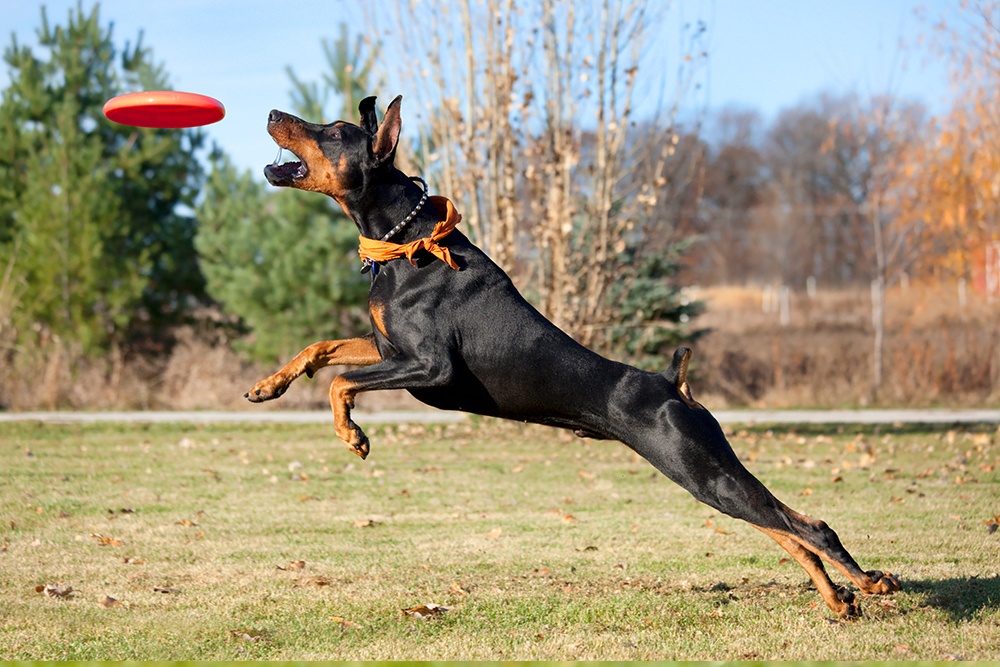
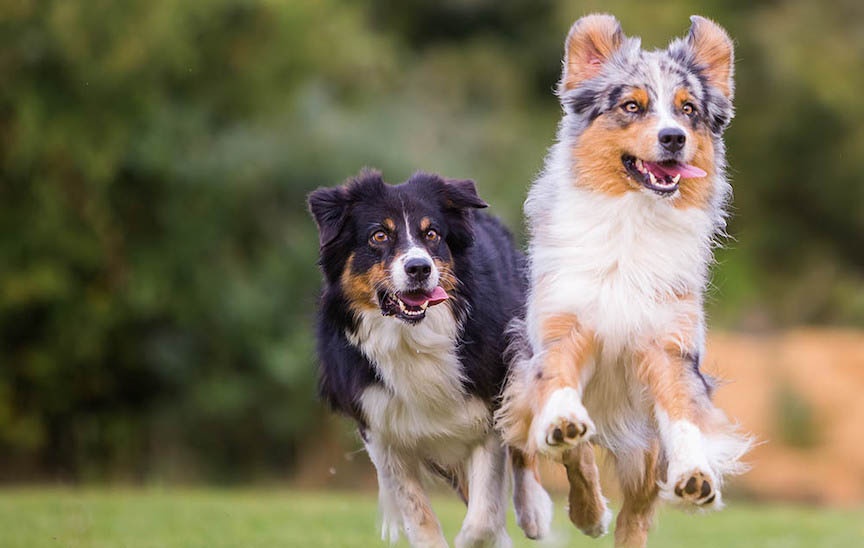 Australian Shepherds with Skin Allergies
Australian Shepherds with Skin Allergies
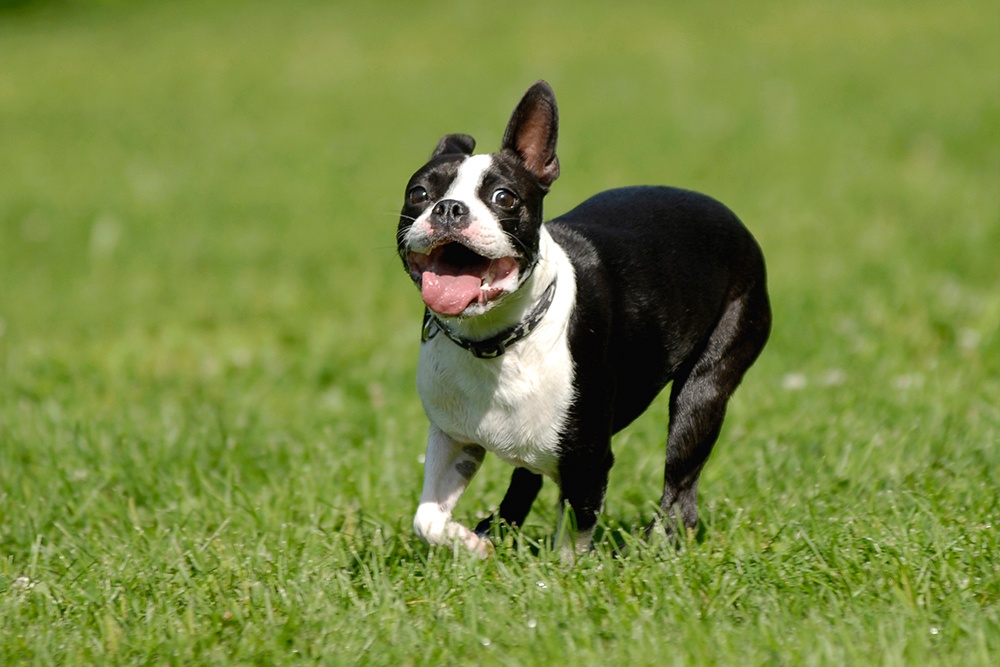 Boston Terriers with Skin Allergies
Boston Terriers with Skin Allergies
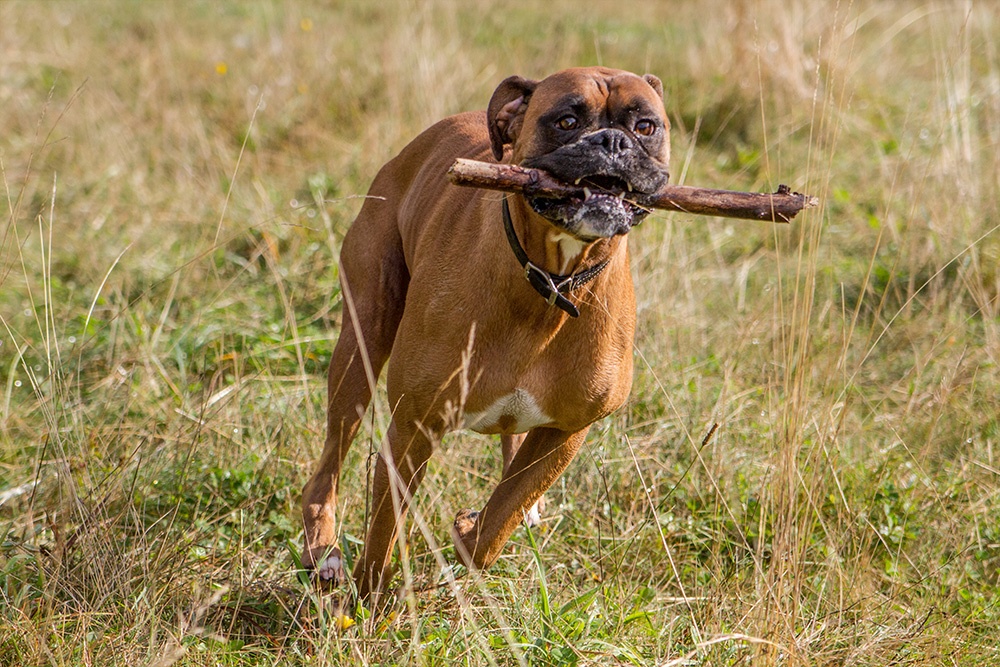 Boxers with Skin Allergies
Boxers with Skin Allergies
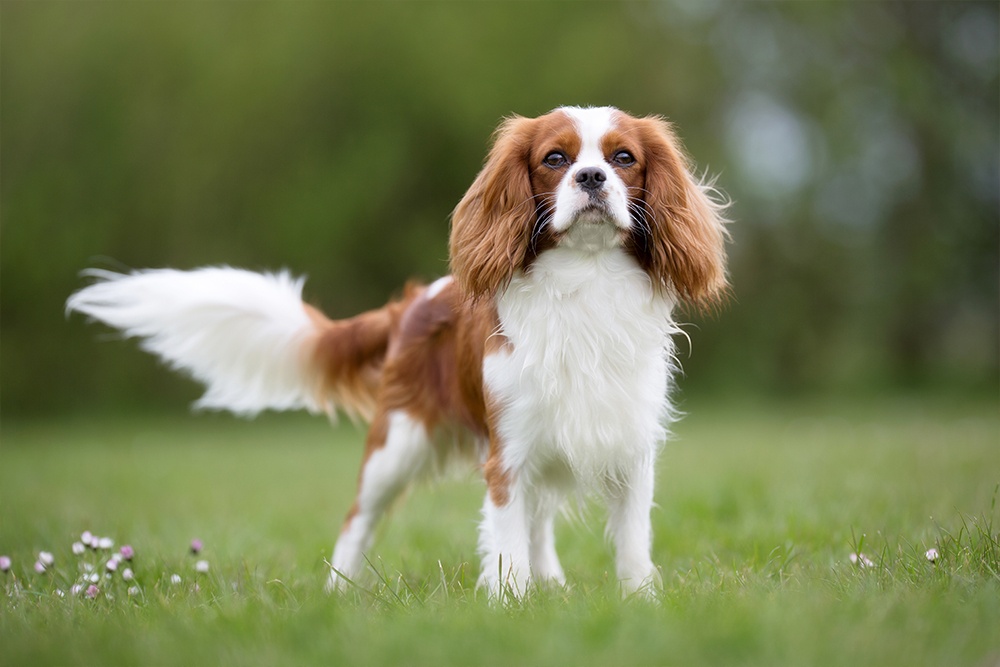 Cavalier King Charles Spaniel with Skin Allergies
Cavalier King Charles Spaniel with Skin Allergies
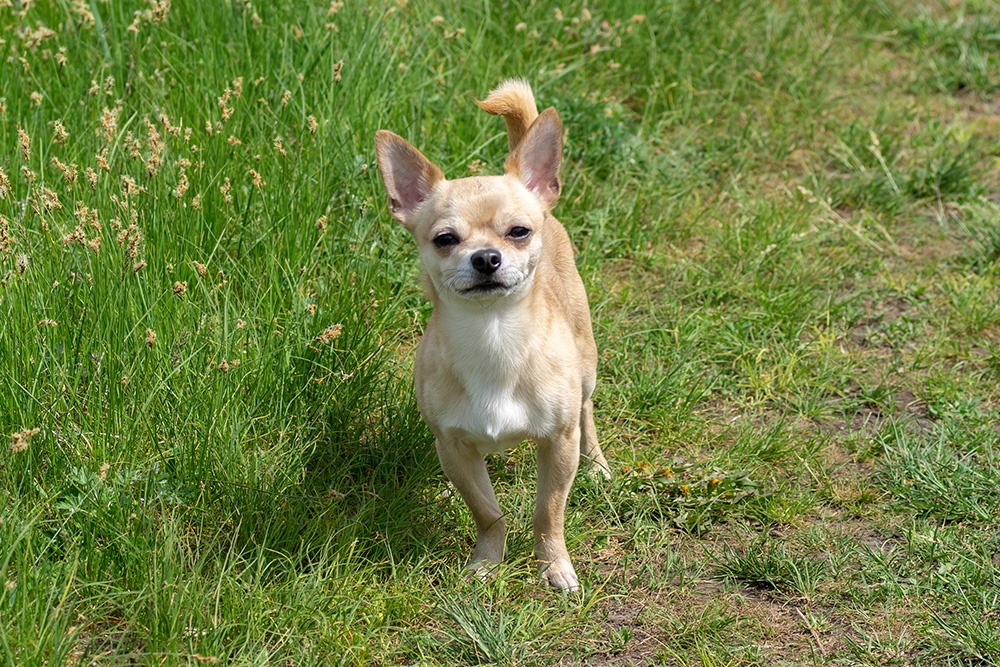 Chihuahuas with Skin Allergies
Chihuahuas with Skin Allergies
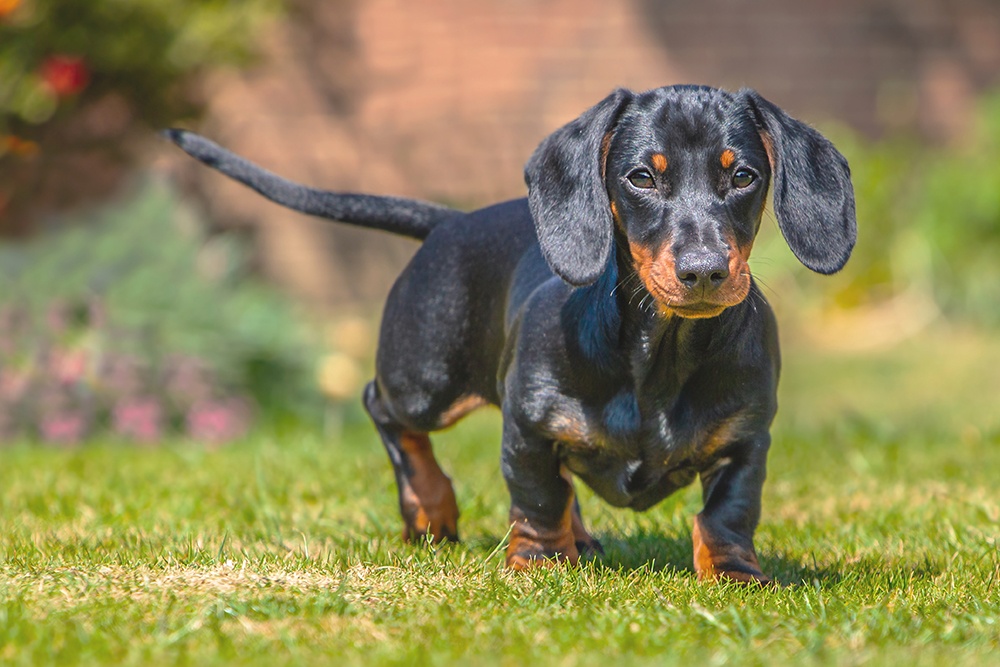 Dachshunds with Skin Allergies
Dachshunds with Skin Allergies